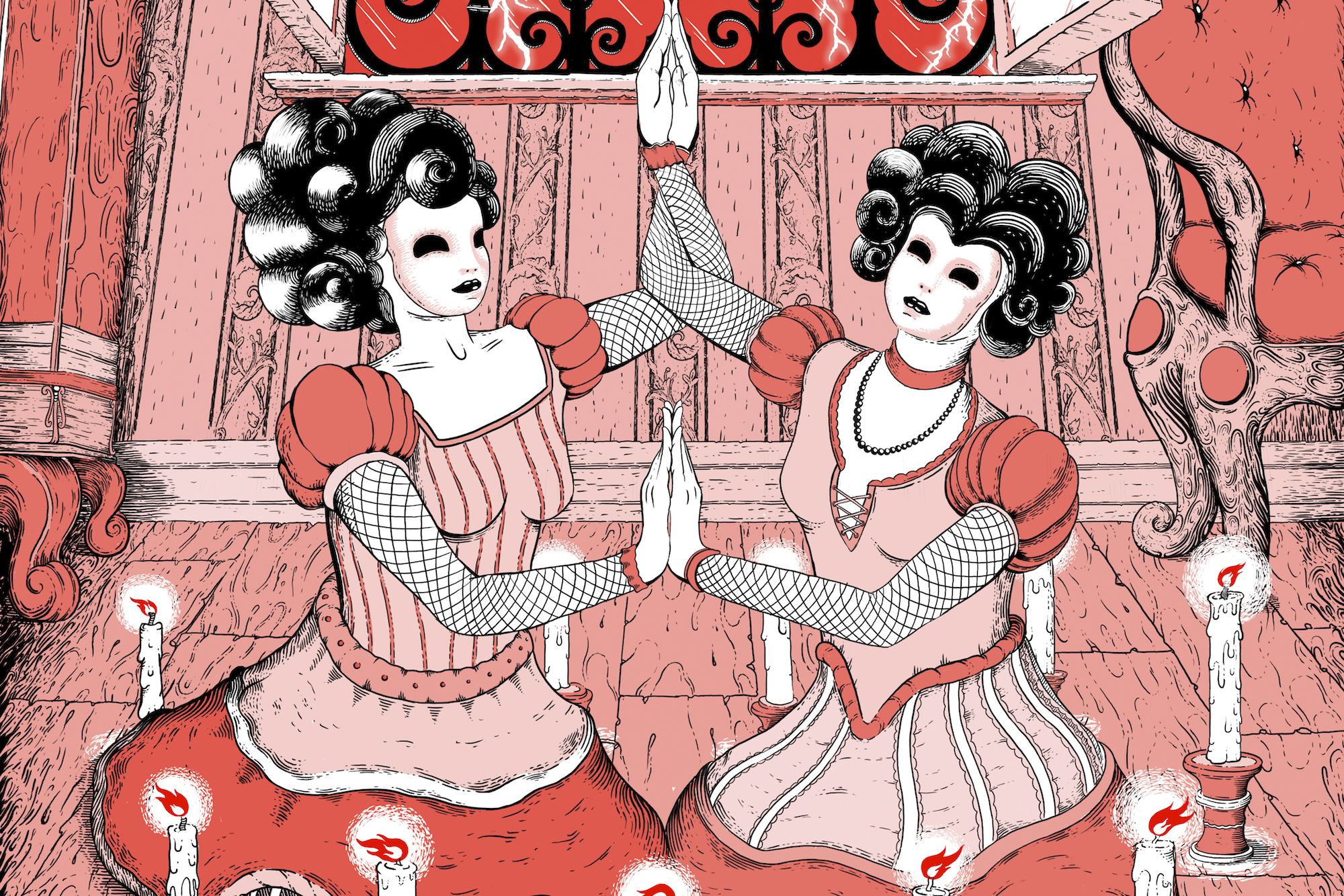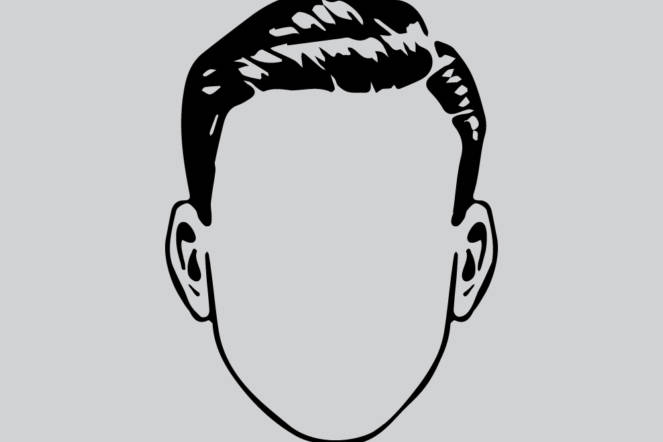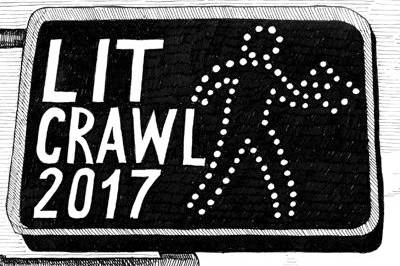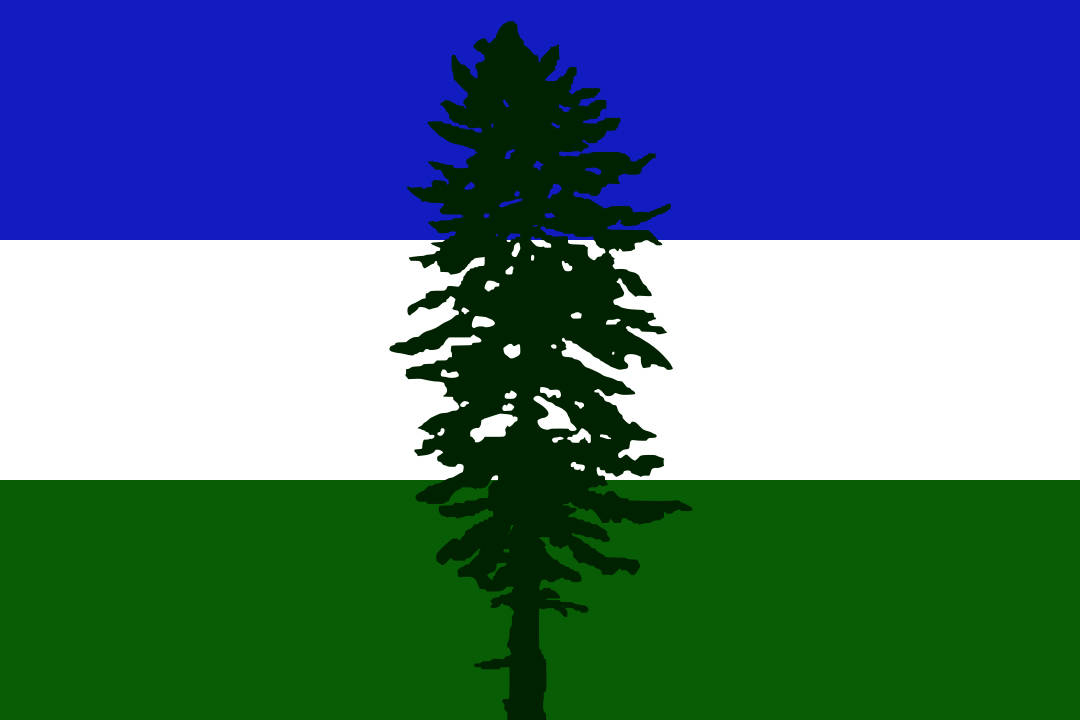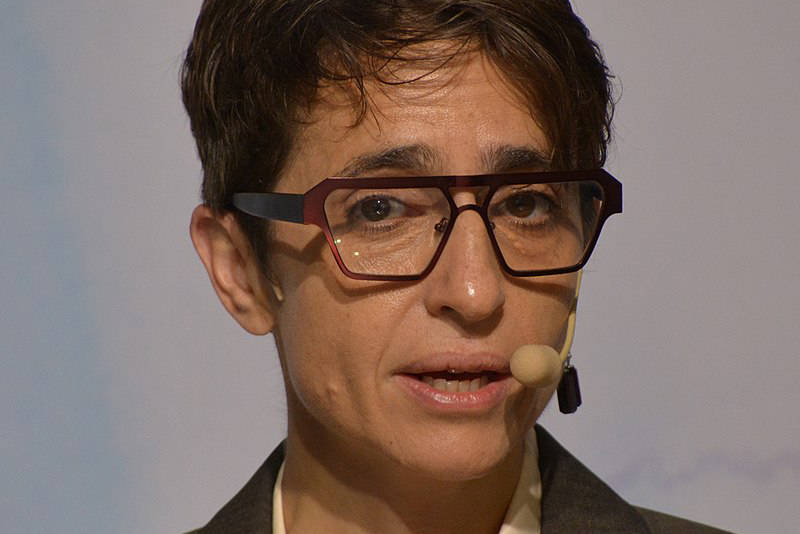Here, in two easy steps, is the secret to succeeding in Seattle:
1. First, tell everyone you know about what you’re planning to do.
2. Then actually do it.
Number two is the more crucial part, obviously. Seattle’s writers and artists are drowning in aspiration; everyone has an idea of what they’d do with unlimited time and resources. They love to talk about it and how great it would be, but they never do it.
This is perhaps the most remarkable aspect of Seattle’s recent comics renaissance: Our cartoonists have finally thrown off the regional curse of boundless, aimless ambition and started to build sturdy things together: the Short Run Comix & Arts Festival; Push/Pull Gallery in Ballard; and Max Clotfelter’s exuberant, long-running Dune night, a recurring community cartooning event at Café Racer.
The mainstay of Seattle’s comics community over the past two years has been Intruder, a free newspaper packed with the work of local cartoonists and hand-distributed to a slapdash assortment of local shops. The comics in Intruder are brash, experimental, and sometimes downright ornery; in an affront to the infamous “Seattle nice,” you get the sense that the cartoonists don’t care if you like them at all. Intruder has no advertising, explanations, or submission guidelines—in fact, aspiring cartoonists are often disappointed to discover that inclusion in the paper is invitation-only. It is that rarest of birds: Art for Art’s Sake, uncompromising and proud.
Despite its fierce organizational will, Intruder is about to end. This Saturday in Georgetown, Fantagraphics Bookstore and Gallery is hosting a huge party to celebrate the release of its 20th and final issue, complete with musical acts, a sidewalk book fair, and lots of beer. Expect tears and drunkenness and lamentations for the death of the official paper of record for Seattle’s cartooning scene. You can also expect more than a little concern over what this means for the scene’s future.
Intruder came together when a dozen cartoonists, including Clotfelter and Marc Palm, started hanging out and making one-shot minicomics. Clotfelter recalls that “I had submitted a couple of comics to [Brooklyn-based free comics newspaper] Smoke Signal, never gotten accepted, and then was like, ‘Why don’t we just do it ourselves?’ ”
Before anyone had a chance to reconsider, the idea for Intruder was born. There was a lengthy discussion over what to call it—and Palm says “Underporch almost won”—but he happened to have just watched “an ’80s horror movie called The Intruder.” He thought it “would be a good, semi-aggressive creepy name for this paper.”
“I think we were all pretty naïve” at first, Palm says. They found a quality, affordable press at Pacific Publishing Company, collected $50 from each contributing cartoonist, and sent off the files. The first issue of Intruder was published in March 2012. When they went to pick up the first 2,000 copies, literally hot off the press and arranged in bales, everything became real. “It was beautiful,” Clotfelter says. “It was a thing to behold.” They threw a release party and invited all their friends.

Above: Editor Marc Palm’s page in the issue features a number of strips that coyly reference the paper’s end.
There wasn’t really a point when anyone decided they would keep going, but that’s exactly what they did. Though Intruder started as a democracy, Palm eventually assumed an editorial role. “I didn’t want to take power from anyone, I didn’t want anyone to feel like they didn’t have a voice,” he says, but someone had to keep an eye on all the moving parts, so he stepped up.
Back then, none of the original dozen cartoonists realized they were contributing to a long tradition of free comics newspapers in Seattle—from Michael Dowers’ Seattle Star from the ’80s and ’90s to the Halloween-themed zines Jim Woodring occasionally published. And the legacy is continuing: Papers inspired by Intruder have popped up in Bellingham, Los Angeles, and Minneapolis, and Palm and Clotfelter couldn’t be happier.
Intruder has never been in the business of publishing themed issues—Palm has always been very hands-off on contributions—but many strips in Intruder #20 share an air of mournfulness, of closure. It’s like the dramatic series finale of the weirdest, druggiest TV show you’ve ever seen.
The current installment of Ben Horak’s Bullhook Alley begins with a happy gremlin sitting in a treehouse. The walls are ripped away as an array of cartoon characters drawn in different styles swarm him. He tries to run, but there are too many of them—ninjas, praying-mantis Mona Lisas, wolves, wizards, ambulatory letter R’s—and finally the strip concludes with a “Well, bye … ” and a bang. It’s not hard to find a metatextual meaning in a clubhouse filling with cartoons until it bursts free of its walls and explodes. Horak’s strip is the equivalent of a cartoonist’s Viking funeral, infused with more than a little anxiety over a scene potentially growing out of control.
So what does Intruder’s end mean for Seattle’s cartooning community? Is our most talented generation of comics artists since the ’90s glory days of Tom Hart, Jason Lutes, and James Sturm destined to disappear the way their precursors did? Already, Intruder dynamos like Josh Simmons, Joe Garber, and Brian Dionisi are leaving town. Other cartoonists are loudly grumbling about rising rents. Every scene has to end.
But for his part, Palm sees this less as the end of an era and more the end of a beginning for Intruder’s contributors. The paper taught them that “having the deadlines, having that pressure, getting responses, having people show up at your party and like you—it’s encouraging, and it’s gotten us to these higher points.” Now, Palm says, “we need to start actually doing something,” by which he means graphic novels and books and larger, more ambitious projects.
Palm recalls a conversation between fellow local cartoonist David Lasky and Fantagraphics assistant publisher Eric Reynolds. Lasky asked, “Why doesn’t Fantagraphics put out books by more Seattle cartoonists?” Reynolds responded, simply, “Because they’re not submitting anything.” Clotfelter and Palm both believe the community can rise to this challenge.
So there you go. You’re sad about Intruder going away? Make your own Intruder. Think Seattle should be producing more great comics? Create them yourself. Assume nobody’s going to do it but you. Make a statement. Figure out the first couple steps. Get your friends together.
And then do it. Intruder Final Issue Release Party. Fantagraphics Bookstore & Gallery, 1201 S. Vale St. Free. All ages. 5-9 p.m. Sat., July 9.
Paul Constant is the co-founder of The Seattle Review of Books. Read daily books coverage like this at seattlereviewofbooks.com.
